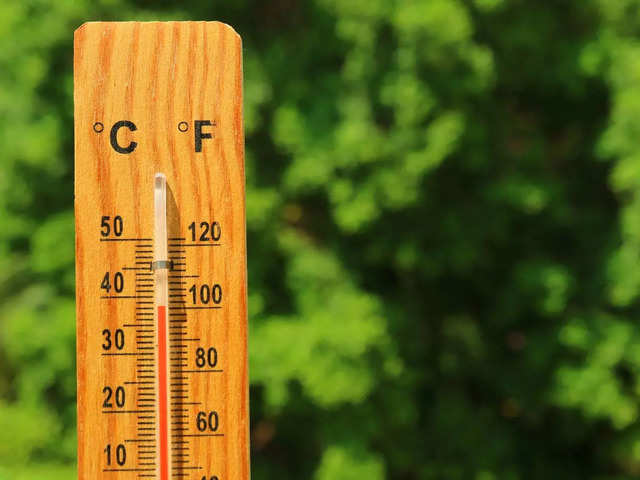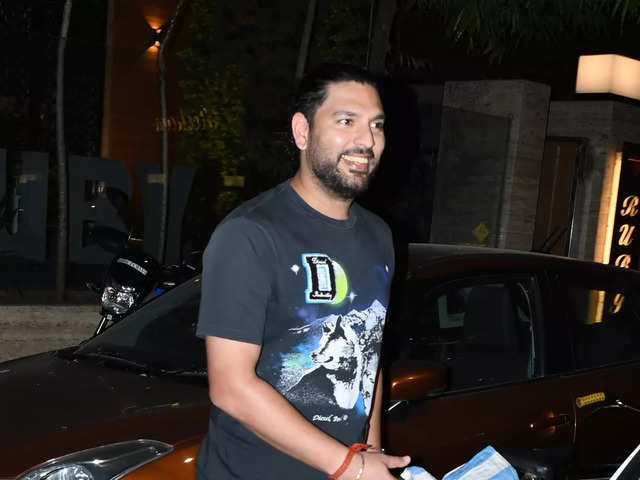
Representative picture
The online channel remains the top choice as Consumers intend to use it to procure products.
Jul 28, 2020, 14:57 IST
media
Indian consumers choose digital over physical modes of shopping engagements: Deloitte Global Survey
Jul 28, 2020, 14:57 IST
The online channel remains the top choice as Consumers intend to use it to procure products.
- Health and safety led mindset shows consumers prefer
online shopping for every day essentials (such as groceries (55%), household (49%), and medicines (44%). - Discretionary spends online have gone up because of increased demand to buy apparel (53%) and electronics (50%) via e-commerce.
- Spends on mobile internet (52%) and
digital entertainment (36%) will continue to go up as compared with the last four weeks. - 40% of consumers actively searched online for travel deals, and 60% consider buying personal vehicles online.
Driven towards being future-ready, safe and health focussed, the consumer is seen embracing digital channels to fulfil demands of procuring goods, conserving cash as well as to make selective choices for leisure and entertainment, as stated in the Wave7* of the Deloitte Global State of the Consumer Tracker.
Speaking on the Global Consumer Tracker, Porus Doctor, Partner and Leader, Consumer Industry,
We are already seeing consumer-facing companies adopting automation to better manage their stocks by reducing congestion in stores, and restocking efficiently.
Using online channels, consumer expectations for seamless shopping experience are poised to grow and companies are fast catching up with this eventuality”.
Key trends/ Proof-points from the survey include the following:
- The online channel remains the top choice as Consumers intend to use it to procure products ( essentials as well as select discretionary)
- Net spending intention for India that is how do consumers plan to spend over the next four weeks compared to the previous four week was observed as 55% for groceries, 49% for household, 44% for medicines, 26% for books and 60% for the next future vehicle prove.
- There is also a growing trend of using online/e-commerce for the purchase of select discretionary items such as apparel (53%) and electronics (50%) over next four weeks.
2. Entertainment through digital continues: Spends on mobile internet (52%) and digital entertainment (36%) will continue to go up as compared with the last four weeks.
3. Emerging consumer persona shows 71% as convenience seeker and 73% as socially conscious while 69% buy more from locally sourced items with #vocalforlocal sentiments
4. Vehicle ownership trend in India is rising: With the fear of limiting public transportation (81%) or ride-hailing services (75%), the intent of respondents to buy their next vehicle online up by 60%.
Also, 79% of Indians like to keep their current vehicles longer than originally expected.
5. Leisure travel is seeing a positive momentum in India: Indians have shown an intent to travel for leisure which is higher than the other countries.
58% of respondents are willing to take domestic flights while 55% are willing to take International flights over the next three months. With 56% finding it safe to stay at hotels, a new trend of ‘workation’ has emerged during COVID-19.
INSIDER INTELLIGENCE REPORTS







